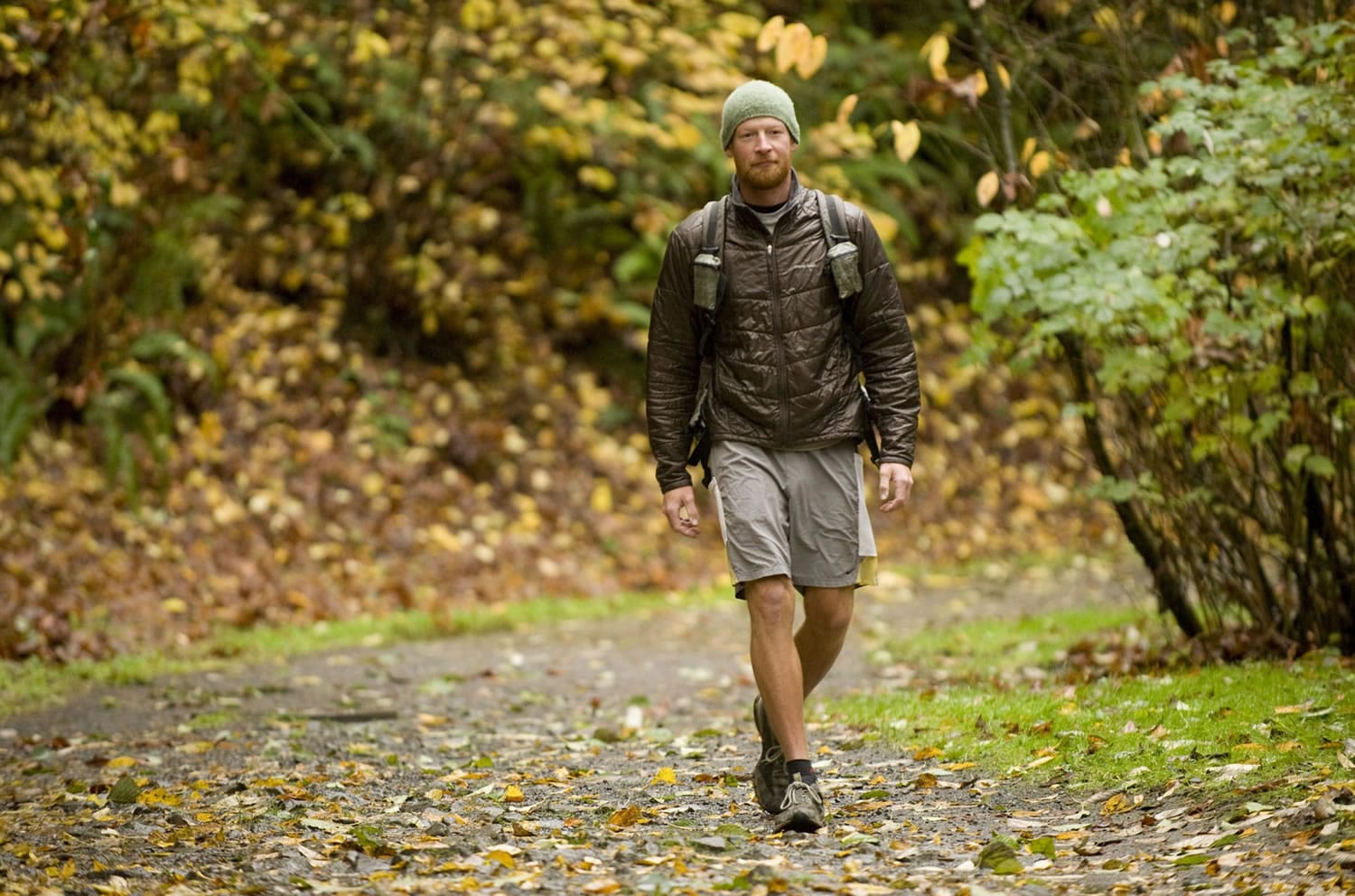American Long Distance Hiking Association — West
Pacific Crest Trail: Around 2,600 miles; crosses California, Oregon and Washington.
Appalachian Trail: 2,160 miles; crosses Georgia, North Carolina, Tennessee, Virginia, West Virginia, Maryland, Pennsylvania, New Jersey, New York, Connecticut, Massachusetts, Vermont, New Hampshire, and Maine.
Continental Divide Trail: Around 3,000 miles depending on the route selected; crosses New Mexico, Colorado, Wyoming, Idaho, and Montana.
— American Long Distance Hiking Association
o Clothing: gloves, hats, rain gear, shirts, pants, shorts, socks, sunglasses, crampons, shoes.
o Cooking and hydration: bleach, multi-utensil, water, lighter, matches, pot, cup, bowl.
o First aid and toiletries: moleskin, medications, needle, Band-Aids, antibiotics, naproxen sodium pain reliever, soap, toothbrush, Chapstick, shower nozzle, toilet paper, hand sanitizer.
o Electronics: phone, camera, iPod, lights, GPS and batteries, water-resistant watch with thermometer.
o Miscellaneous: personal documents, knives, compass, maps, corncob pipe and tobacco, journal, pencil, poles, repair supplies, bug net, bear spray, ice ax, S-biner.



